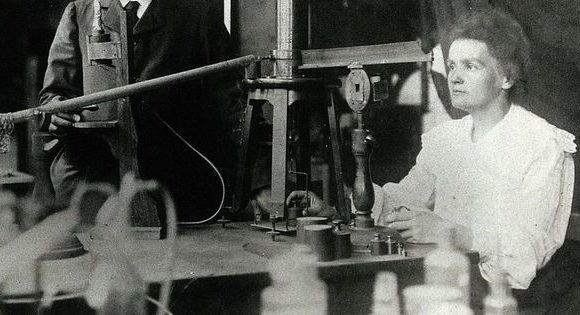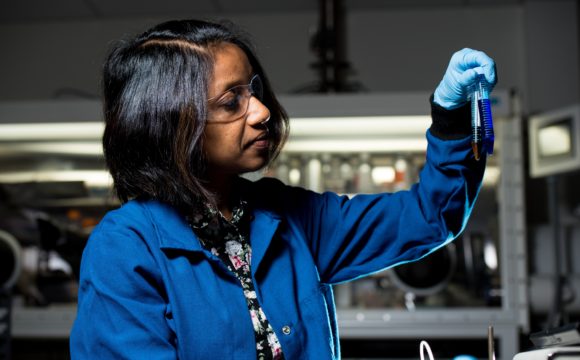Simplicity is the key to open communication. Scientific writing is almost always considered intimidating and difficult to understand by those outside the scientific community. Are the scientists to blame for this? To some extent, yes. Intending to make their work more scientifically accurate and specific, scientists end up using some very technical terms which prove to be very difficult to understand for those who haven’t studied science. But what is the ultimate aim of science? Isn’t the aim to improve all human life? Given that, shouldn’t scientists try to rid their written work of unnecessary scientific jargon?
This article will discuss a few tips on how scientists can avoid using scientific jargon to promote better understanding among non-scientific communities.
Consider the following sentence – “PCR is used for the amplification of DNA fragments using specific enzymes and primers.” While this is a very simple sentence to those working in life sciences, it probably means nothing to most other people.
Let’s try to deconstruct the sentence and find out how to avoid scientific jargon.
Step 1: Identify your target audience
Who are you addressing the article to? A group of professional adults? School children? A group of biologists? It is important to tailor scientific articles according to your audience because not all groups of people have the same level of understanding. For example, a group of adults would probably have heard of DNA and have a basic idea of what it does. But a group of school children is unlikely to know anything about DNA. In such situations, it would be best to provide simple explanations while introducing the terms.
Step 2: Avoid stating scientific techniques without explaining what they are
Irrespective of the nature of the audience, everyone except scientists are highly unlikely to have come across the PCR. Hence, simply naming the technique, while providing no explanation can cause a lot of confusion. It would be more sensible to give an explanation of what the technique is, what it does and why it is important. The same goes for chemicals and biomolecules like enzymes, markers, probes. Having said that, this explanation need not be a very long or exhaustive one. Even the simplest one would suffice.
Step 3: Unconventional short-forms must be avoided
While communicating among the scientific community, one tends to use several short forms for the sake of convenience. But it is important to remember that these acronyms mean nothing to anyone on the outside. Often, short-forms disengage the reader from the content of the article, due to lack of understanding. Hence, always provide the full form of any acronym at least once throughout the entire article.
Step 4: Build a story
Scientific articles can seem dry to people who have not studied science. One of the main reasons being the fact that it may be difficult to grasp the main aim of the write-up. Improving the writing style can solve this problem. Most readers enjoy science-fiction and hence, the key is to make scientific topics more relatable. One way to do this would be to structure the article in such a way that it has well-defined and well-explained aims, targets and a conclusion. In the case of less formal articles, one may also choose to build an article around a simple storyline.
Having said this, scientists need not compromise on the technical quality of the article. At times, it is difficult to both avoid jargon and maintain the technical specificity of scientific work. At such times, one can simply provide a small explanation to make the science simpler to understand.
Let’s try to simplify our earlier statement about the PCR. Instead of using the word DNA, let’s use the “genetic material”, which would be more understandable. PCR can be explained as a “technique which is used to make multiple copies of genetic material”. Let’s also avoid “enzymes and primers” and instead replace it with “special molecular agents called enzymes and primers”. Now let’s modify the statement:
“PCR is a technique which is used for creating multiple copies of genetic material. For this, PCR uses special molecular agents called enzymes and primers.” This statement is more explanative and uses lesser technical terms.
In today’s age of ever-changing technology and pandemics, making science available and understandable is of great importance. To achieve this, scientists must take care to write articles in such a way that it can reach out to not just their peers and colleagues, but also people of other walks of life, who are also affected by their findings.











